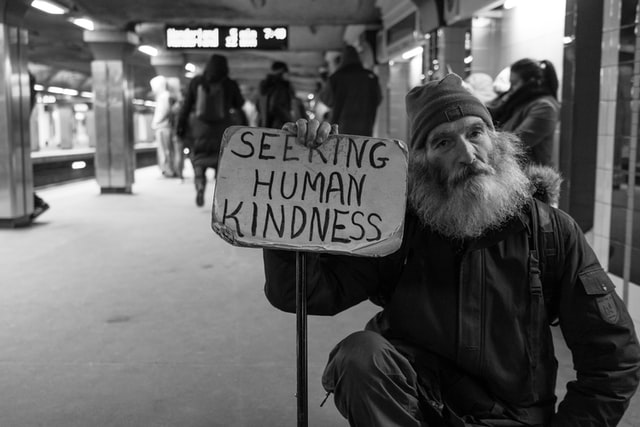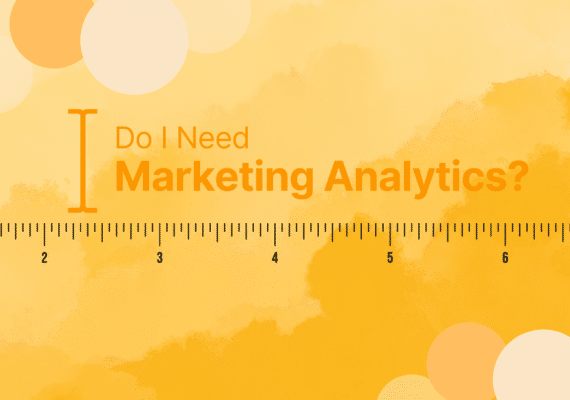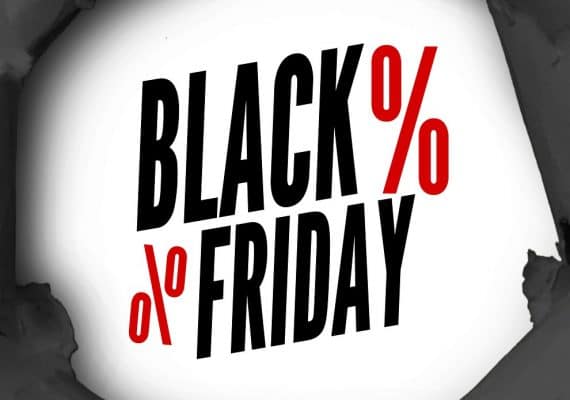Have you noticed that some people just don’t get it?
Many just don’t seem to understand the importance, significance, gravity and downright seriousness of some issues, especially when they’re shared on social media. To be honest I’ve been part of that “many” on some topics, for me, social media has helped inform and educate me on my opinions.
However those who look to inform and educate on social media are often met with everything ranging from ambivalence to downright abuse. Recently we’ve been discussing the response of major brands to tweets and posts, companies sticking up for some of these key issues often deal with detractors successfully and often with a firm reply. But can you change opinion and in doing so behaviour by using social media in an open and honest way?
Building Bridges – Considering Other’s Point of View
For me, social media has been about building bridges, bridges of learning, understanding, of being able to see the world from someone else’s viewpoint. Of course, we shouldn’t miss out building bridges between companies and their potential customers also.
I should at this point acknowledge that on social media we’re not going to agree with everybody, especially if their views are illegal or immoral in our eyes. However, others might be worth investing a bit of time into asking “why are they behaving this way in their posts and what’s the insight to that behaviour?” especially if public safety is at stake.
In Harper Lee’s book “To Kill a Mockingbird” there’s a quote which provides a key to being able to understand how to achieve this:
“First of all, If you can learn a simple trick, you’ll get along a lot better with all kinds of folks. You never really understand a person until you consider things from his point of view – until you climb into his skin and walk around in it.”
Do we create our posts on social media having first climbed into our audience’s “skin and walked around in it?”
A Combined Social Media Form of Parable
Currently, I’m seeing more of this strategy on social media combined with the power of parables. The word parable means:
literally “throwing” (bolē) “alongside” (para-), by extension meaning “comparison, illustration, analogy.”
Illustrations being “thrown” onto social media, successfully providing a story of comparison, illustration and analogy.
In the Bible, Jesus used parables to explain difficult topics for his audience and let’s face it, 2020 has seen us have to deal with some pretty difficult subjects. In his parables, Jesus often told multiple stories, from different angles, each one speaking to a different part of his audience, until most “got it”.
On social media, I’ve noticed that the multiple story approach isn’t just coming from one source but many accounts. These social media parables are tackling certain behaviours, insights, and beliefs through images, videos, and text-based storytelling. Each is aiming to disarm objections and arguments by coming at the issue from a slightly different perspective.
Social Media Parables and COVID-19
Two of the most effective social media parables looking to change behaviour by encouraging isolation during the coronavirus pandemic have come from the public sector.
Doncaster Council in the UK, told the amazing story on its Twitter feed, of how in 1970 a sperm whale washed up on an Oregon beach. Through a set of linked tweets, gifs, and images the story unfolds of, how against expert advice and guidance, the locals decided to blow up the whale. The explosion resulted in a shower of blubber rain, with one-piece crushing a car and locals running for the safety of their homes. The parallel of the story and the pandemic is to stay safe at home and do nothing to make things worse.
On the same topic of social isolation, a video was released by Ohio Department of Health in the US. The video was used to show the difference between a ping pong ball being dropped onto a grid of tightly grouped mousetraps, which have ping pong balls on them, and onto the same mousetraps set further apart. The ping pong balls on the mousetraps set further apart from each other are the ones that survive disruption best.
These were two of the many social media parables that have been posted during the pandemic, all telling the same story through multiple illustrations. Doncaster Council has carried on with its parable approach throughout the crisis.
Sadly the comments on the ping-pong video tweet reveal that a lot of people just don’t get it, and guess what some never will. But many do and expressing messages through many creative forms of social media parables means that potentially each will have a chance of resonating with its intended audience.
Have you used social media parables within your strategy to influence and change behaviour, or have you seen any great examples out there? As always we’d love to hear from you, please share them our social channels.
By the way, I’d love to think I came up with the phrase “social media parable” but after writing this blog I Googled it and found it was first used by Twitter user Andy Kelly @Andy_eprr coincidently tweeting himself about Doncaster Council’s coronavirus posts.









